Thomas Debarre
TV-based Spline Reconstruction with Fourier Measurements: Uniqueness and Convergence of Grid-Based Methods
Feb 10, 2022


Abstract:We study the problem of recovering piecewise-polynomial periodic functions from their low-frequency information. This means that we only have access to possibly corrupted versions of the Fourier samples of the ground truth up to a maximum cutoff frequency $K_c$. The reconstruction task is specified as an optimization problem with total-variation (TV) regularization (in the sense of measures) involving the $M$-th order derivative regularization operator $\mathrm{L} = \mathrm{D}^M$. The order $M \geq 1$ determines the degree of the reconstructed piecewise polynomial spline, whereas the TV regularization norm, which is known to promote sparsity, guarantees a small number of pieces. We show that the solution of our optimization problem is always unique, which, to the best of our knowledge, is a first for TV-based problems. Moreover, we show that this solution is a periodic spline matched to the regularization operator $\mathrm{L}$ whose number of knots is upper-bounded by $2 K_c$. We then consider the grid-based discretization of our optimization problem in the space of uniform $\mathrm{L}$-splines. On the theoretical side, we show that any sequence of solutions of the discretized problem converges uniformly to the unique solution of the gridless problem as the grid size vanishes. Finally, on the algorithmic side, we propose a B-spline-based algorithm to solve the grid-based problem, and we demonstrate its numerical feasibility experimentally. On both of these aspects, we leverage the uniqueness of the solution of the original problem.
Coupled Splines for Sparse Curve Fitting
Feb 03, 2022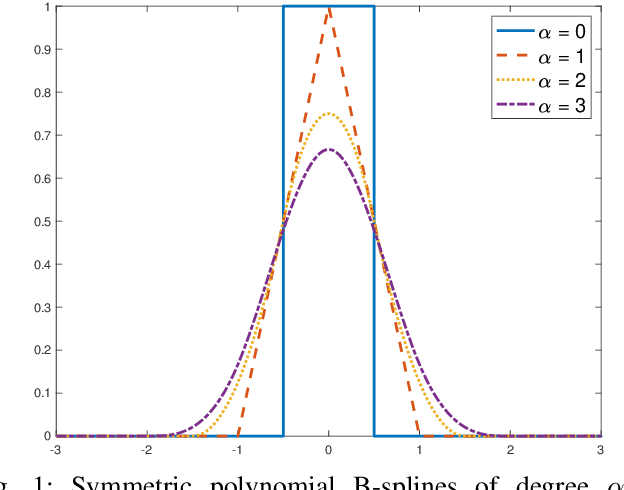

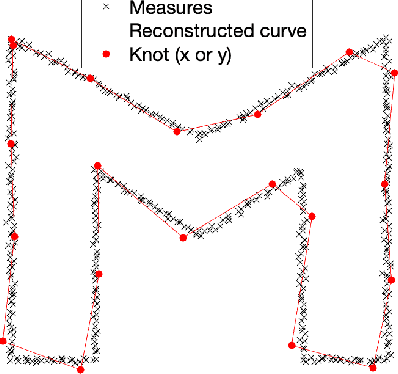
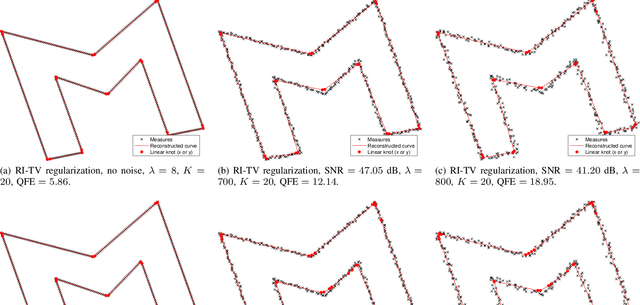
Abstract:We formulate as an inverse problem the construction of sparse parametric continuous curve models that fit a sequence of contour points. Our prior is incorporated as a regularization term that encourages rotation invariance and sparsity. We prove that an optimal solution to the inverse problem is a closed curve with spline components. We then show how to efficiently solve the task using B-splines as basis functions. We extend our problem formulation to curves made of two distinct components with complementary smoothness properties and solve it using hybrid splines. We illustrate the performance of our model on contours of different smoothness. Our experimental results show that we can faithfully reconstruct any general contour using few parameters, even in the presence of imprecisions in the measurements.
Sparsest Univariate Learning Models Under Lipschitz Constraint
Dec 27, 2021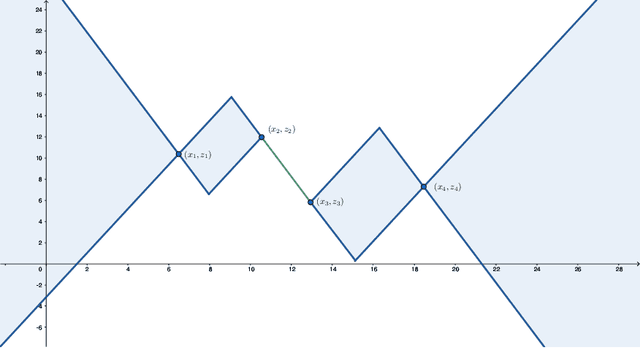


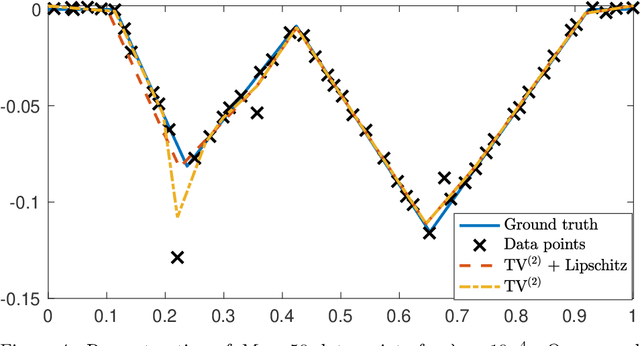
Abstract:Beside the minimization of the prediction error, two of the most desirable properties of a regression scheme are stability and interpretability. Driven by these principles, we propose continuous-domain formulations for one-dimensional regression problems. In our first approach, we use the Lipschitz constant as a regularizer, which results in an implicit tuning of the overall robustness of the learned mapping. In our second approach, we control the Lipschitz constant explicitly using a user-defined upper-bound and make use of a sparsity-promoting regularizer to favor simpler (and, hence, more interpretable) solutions. The theoretical study of the latter formulation is motivated in part by its equivalence, which we prove, with the training of a Lipschitz-constrained two-layer univariate neural network with rectified linear unit (ReLU) activations and weight decay. By proving representer theorems, we show that both problems admit global minimizers that are continuous and piecewise-linear (CPWL) functions. Moreover, we propose efficient algorithms that find the sparsest solution of each problem: the CPWL mapping with the least number of linear regions. Finally, we illustrate numerically the outcome of our formulations.
Continuous-Domain Formulation of Inverse Problems for Composite Sparse-Plus-Smooth Signals
Mar 24, 2021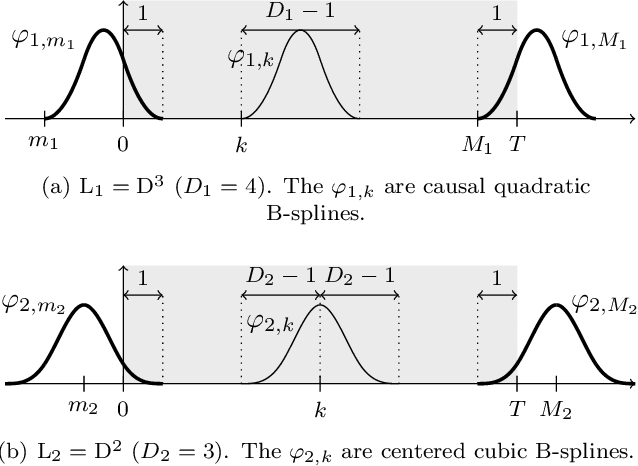
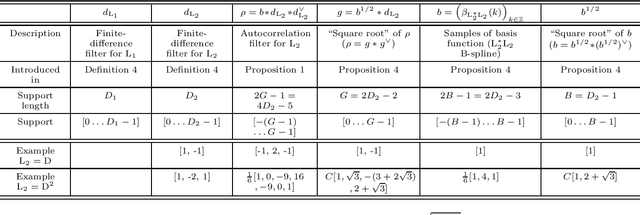
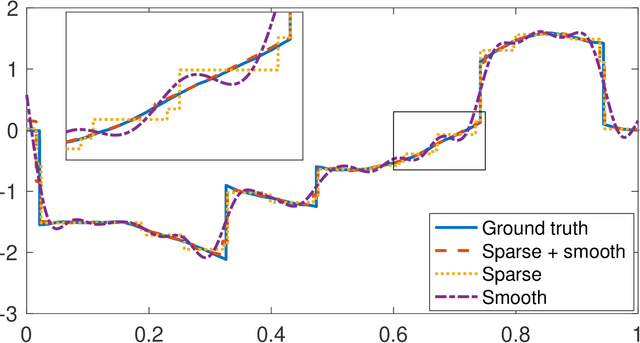
Abstract:We present a novel framework for the reconstruction of 1D composite signals assumed to be a mixture of two additive components, one sparse and the other smooth, given a finite number of linear measurements. We formulate the reconstruction problem as a continuous-domain regularized inverse problem with multiple penalties. We prove that these penalties induce reconstructed signals that indeed take the desired form of the sum of a sparse and a smooth component. We then discretize this problem using Riesz bases, which yields a discrete problem that can be solved by standard algorithms. Our discretization is exact in the sense that we are solving the continuous-domain problem over the search space specified by our bases without any discretization error. We propose a complete algorithmic pipeline and demonstrate its feasibility on simulated data.
 Add to Chrome
Add to Chrome Add to Firefox
Add to Firefox Add to Edge
Add to Edge